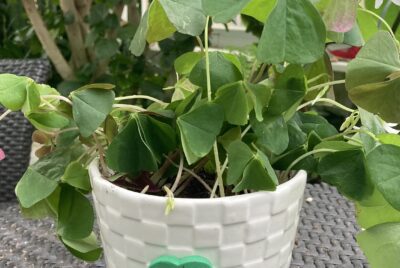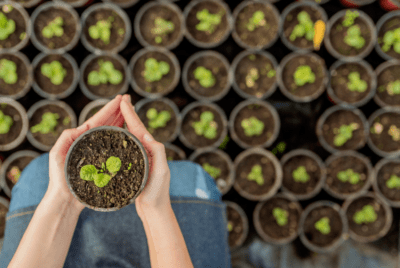RESEARCH
Nature in the Indoor and Outdoor Study Environment and Secondary and Tertiary Education Students’ Well-Being, Academic Outcomes, and Possible Mediating Pathways: A Systematic Review with Recommendations for Science and Practice
Summary
This study reviewed existing research on how nature in and around educational settings like high schools and universities affects students’ well-being and academic performance. The researchers wanted to understand if having green spaces on campus or indoor plants in classrooms has any benefits for students. To do this, they systematically searched through scientific databases for relevant studies. They looked at 3410 articles and carefully selected 37 studies that met their criteria. These studies explored different types of nature, such as campus green spaces, indoor plants, and nature views, and how they related to various outcomes like students’ happiness, stress levels, academic results, and even physical factors like air quality. The researchers also assessed the quality of these 37 studies to see how reliable their findings were. This type of study, called a systematic review, helps to gather and summarize all the available evidence on a particular topic.
The review found that while many believe nature is beneficial in learning environments, the scientific evidence is still limited and not very strong overall. Many of the studies they looked at had issues with their design, making it hard to draw firm conclusions. However, some promising trends were identified. For example, several studies suggested that having more green space on university campuses might be linked to students feeling a better quality of life and more restored. Additionally, some research indicated that having indoor plants in classrooms could potentially improve the air quality inside. Despite these leads, the researchers concluded that more high-quality research is needed to confidently understand how nature truly impacts students in educational settings.







